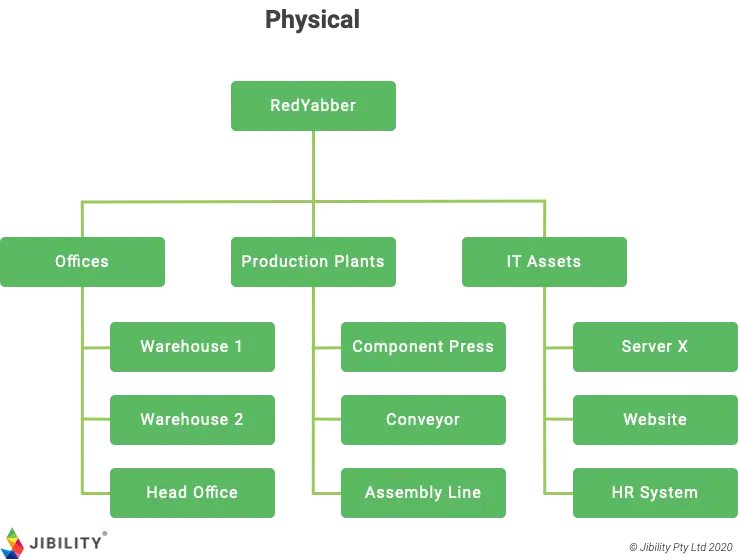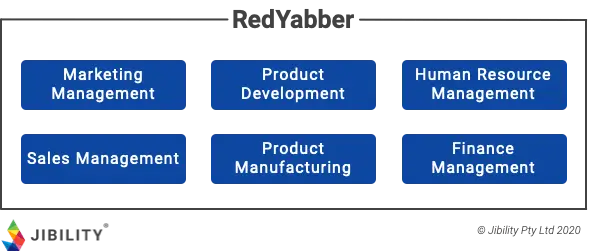
Written by
Chuen Seet
Understanding and accurately defining business capability is something with which many people struggle.
This is partly because the word ‘capability’ is overloaded and means different things to different people. For example, if you talk to the folks in HR, they’ll immediately equate capability to only competencies and skills.
Let’s clear up the distinction and discuss some techniques for identifying and explaining capabilities. Having a common language in your organization is the first step towards being able to realize value from business capabilities.
To start, here are the definitions of business capability from two highly respected industry groups for the business architecture and enterprise architecture disciplines:
From the BIZBOK® Guide V9.0:
“A business capability, or simply a ‘Capability’, defines what a business does.”
From TOGAF® V9.2:
“[A business capability is] a particular ability that a business may possess or exchange to achieve a specific purpose.”
From Jibility:
“Business capabilities are the tangible and intangible building blocks of a business that give it the ability to do what it does.”
Still – what does this mean in practice? What does a business capability look like? How is it different from a business function?
Let’s break it down into three areas:
Many elements make up a business, and these can generally be sorted into the categories of people, process or physical. We often view a business using different diagrams that describe these elements.
For the people elements, we use an organization chart that shows who is responsible for what, and the role they perform.

To describe the process elements of a business, we use a process model or a functional chart. With this, we can understand how an area of the business works, as shown below for our example company, RedYabber.

To describe the physical elements, we use an asset diagram. Armed with an asset diagram, we know which tangible equipment or facility is engaged in the business. Note that The Open Group prefers the word material rather than physical. This makes sense, particularly for digital services and systems, but, for simplicity, we’ll stick with physical.

Now imagine that we can combine the people, process and physical views into one diagram. The composition of these elements forms the building blocks of a business, and this is what we call business capabilities.
For example: a Human Resource (HR) Management business capability is a building block of the business that manages its human resources. It is led by a Head of HR role; it executes HR processes; it is based in the head office; and it uses an HR system

Fundamentally, the difference between a business capability and an organizational role, process, function or asset, is that a capability describes what the business does – not just how, who or which.
For example, the difference between a function and a business capability is that a function describes how an area of the business works through its processes, and a business capability describes what it does through the elements of people, process and physical – not just one element in isolation.
Again, looking at our example company, we can determine that the RedYabber business is composed of a few business capabilities as illustrated below.

When we take these business capabilities and lay them out as a map rather than a hierarchical chart, then we have the following RedYabber capability map.

A tangible business capability is something that you can touch, see or sense. Product Manufacturing is a good example because you would be able to see the factory floor and the equipment used to make the products. Some digital business capabilities, such as Data Management or Digital Collaboration, are less apparent; nevertheless, we can still identify the people or roles involved and the systems used to execute the capabilities.
Given, that we said earlier that a business capability is comprised of people, process and physical. Surely, then, it would be safe to say that all business capabilities are tangible because there are always elements of people and physical assets involved?
Intangible capabilities do, however, exist. These capabilities are usually articulated at a very high level or are generically vague – for example, Leadership, Branding, Innovation or Agile. It depends on the author’s meaning or intent of the capability, but without further elaboration, these capabilities are open to interpretation.
Let’s take the Agile capability as an example. If the Agile capability is describing that the organization has an ability for an agile mindset aligned to agile principles, then this would be an intangible capability. Alternatively, if the Agile capability were describing that the organization has an agile delivery capability based on agile roles such as Scrum Master, and methods like Scrum and Kanban tools, then this would be a tangible capability.
Pragmatically, we define business capabilities to help us understand what a business does and what needs to change for the capability to meet our objectives and address our challenges. Therefore, defining intangible capabilities is not particularly useful for identifying what people, process and physical elements of the capability need to change. Try to keep to tangible business capabilities.
How you name a business capability is critical to whether you are describing a business capability or something else entirely.
The name that you give to a business capability:

Let’s apply everything that we’ve just covered: take a look at the following example. Are these business capabilities?

The answer is no: Expense Claims are action steps; Sales are intangible sales funnel stages; Corporate are functions of the business; Vehicle is a collection of components; and Transport is a list of transportation categories. None of these define what it does.
Using what we have discussed, we can rename these and realize our business capabilities as follows.

Once you have a clear understanding of the definition of business capabilities, put them at the core of your strategic planning process – i.e. time for capability-based planning.
Capability-based planning (capability modelling) is a method that uses techniques such as capability mapping in order to understand which capabilities need to be changed so that your organization can meet its strategic objectives. It can be complex, but it doesn’t have to be.

We’re strong advocates for capability-based planning’s effectiveness, and this belief was a major driver behind our creation of Jibility. We want capability-based planning to be accessible to anyone, in a simple and efficient way, and a free dedicated tool is the answer.

Capability-based planning can rewire a traditional approach to project planning. This is how the two approaches can work together.

Business capability mapping helps you to identify what needs to change. There are two key frameworks for deriving your business capabilities.

Business capabilities are the tangible and intangible building blocks of a business that give it the ability to do what it does.